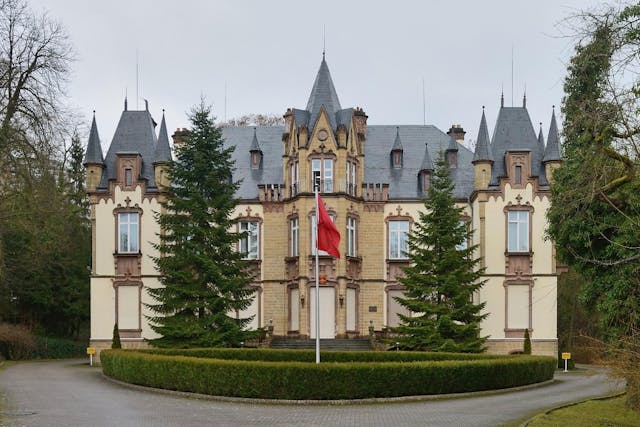Luxembourg retail sales up 8.4%

Getty Images
According to Eurostat, retail sales in the euro area fell by 0.2 per cent in December 2024 and by 0.3 per cent in the EU compared to November. This decline is partly attributable to a downturn in purchasing activity following the festive season. However, on a year-on-year basis, retail sales rose by 1.9 per cent in the eurozone and 2 per cent in the EU compared to December 2023.
In December 2024 compared to November, euro area sales of food, beverages and tobacco fell by 0.7 per cent, while sales of non-food (excluding fuel) rose by 0.3 per cent and sales of motor fuels increased by 0.2 per cent.
In the EU, the trend is similar, with food sales falling by 0.4 per cent and non-food sales rising by 0.3 per cent. However, fuel sales in specialised shops fell by 0.3%.
Among the EU countries, the largest monthly drops in retail sales were recorded in Slovenia (-2.2%), Germany (-1.6%) and Poland (-1.5%). In contrast, the largest increases were recorded in Slovakia (+8.2%), Finland (+2.1%) and Spain (+1.4%).
Year-on-year comparison (December 2024 vs December 2023):
- Leaders in retail sales growth: Slovakia (+10.0%), Lithuania (+8.7%) and Luxembourg (+8.4%).
- Countries with falling trade volumes: Slovenia (-3.1 per cent), Belgium (-2.4 per cent) and Poland (-0.5 per cent).
Luxembourg posted one of the best results in the EU, increasing retail sales by 8.4 per cent over the year. This is explained by:
- Stable economic situation and high income level of the population.
- Development of e-commerce sector and tourist flow.
- Increased consumption during the festive period and increased demand for non-food items.
Despite a slight decline in retail sales in December, the annual trade figures for the EU remain positive. Luxembourg entered the top 3 countries with the highest sales growth, behind only Slovakia and Lithuania. This confirms the resilience of the Luxembourg economy and the high level of consumer demand.





